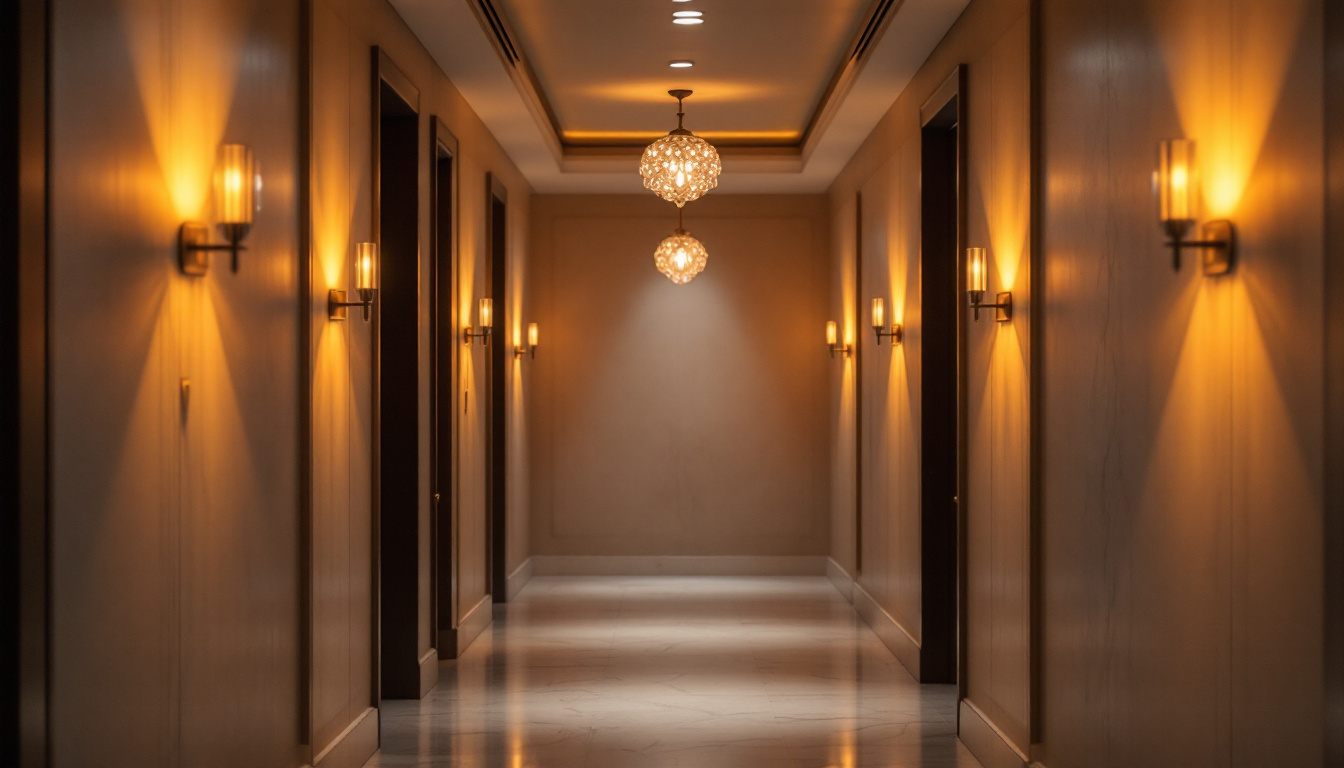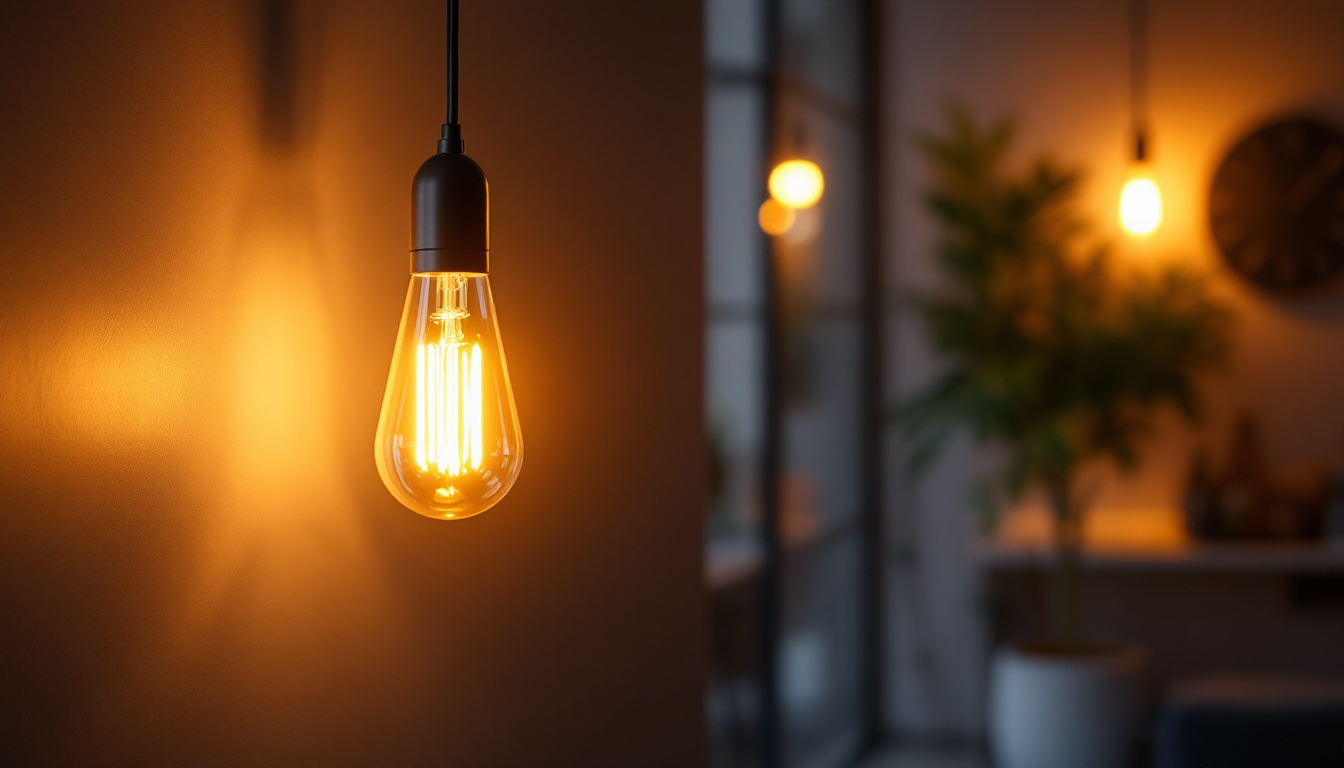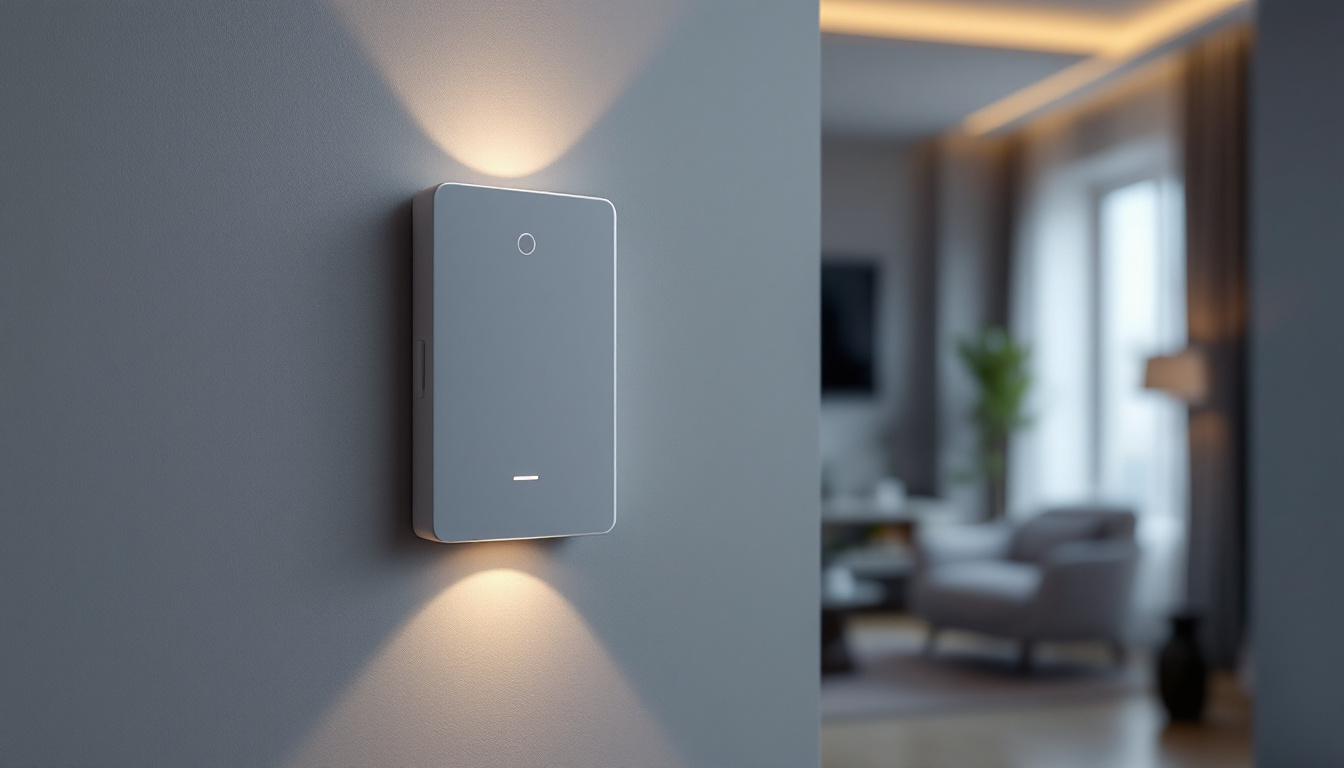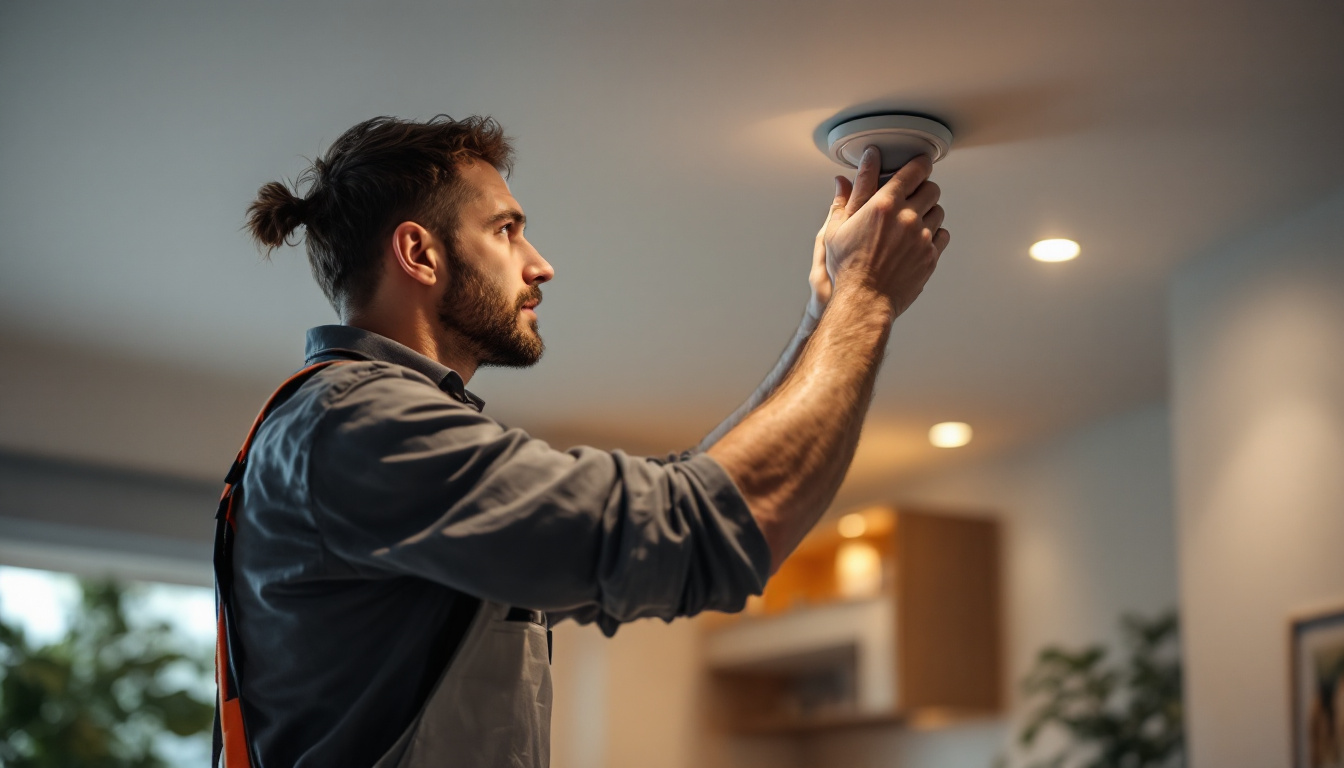
In recent years, solar lighting has gained significant traction as a sustainable and cost-effective solution for outdoor illumination. As lighting contractors increasingly incorporate solar lights and posts into their projects, it becomes essential to understand common pitfalls that can undermine the effectiveness and longevity of these installations. This article delves into the frequent mistakes made by lighting contractors and offers insights into how to avoid them.
Before diving into the common mistakes, it is crucial for lighting contractors to have a firm grasp of solar technology. Solar lights operate by converting sunlight into electricity, which powers the LED bulbs. This fundamental understanding can help contractors make informed decisions when selecting and installing solar lighting systems. The integration of solar technology not only promotes energy efficiency but also aligns with sustainable practices, making it a popular choice for both residential and commercial projects. As the demand for renewable energy solutions continues to grow, staying updated on advancements in solar technology becomes increasingly important for contractors aiming to remain competitive in the market.
One of the primary mistakes contractors make is neglecting to evaluate the efficiency of solar panels. Not all solar panels are created equal; their efficiency can vary significantly based on the materials used and the technology employed. Contractors should prioritize high-efficiency panels that can generate sufficient power even in low-light conditions. Investing in panels with higher efficiency ratings may come at a premium, but the long-term benefits, including reduced energy costs and improved lighting performance, often outweigh the initial investment.
Additionally, understanding the angle and orientation of solar panels is vital. Panels should be positioned to receive maximum sunlight throughout the day. Failing to consider local weather patterns and seasonal changes can lead to inadequate lighting performance. For instance, in regions with heavy snowfall, panels may require regular maintenance to ensure they are free from obstructions. Furthermore, utilizing solar tracking systems can enhance energy capture by allowing panels to follow the sun’s trajectory, thus maximizing their efficiency and output throughout the year.
Another common oversight is the battery capacity of solar lights. The battery stores the energy collected by the solar panel and powers the light at night. Contractors often underestimate the importance of selecting a battery that can hold enough charge for the intended duration of use. A battery with insufficient capacity will lead to dim lighting or complete failure during peak usage times. It’s essential to calculate the expected energy consumption based on the number of hours the lights will be used and the brightness level required to ensure optimal performance.
It is also essential to consider the battery’s lifespan and maintenance requirements. Selecting high-quality batteries can reduce the frequency of replacements and ensure reliable performance over time. Additionally, contractors should be aware of the different types of batteries available, such as lead-acid, lithium-ion, and nickel-metal hydride, each with its own advantages and disadvantages. Understanding these differences can help contractors make better choices tailored to specific project needs, ultimately leading to enhanced customer satisfaction and trust in their expertise.
proper installation is critical for the success of solar lighting systems. Mistakes made during the installation phase can compromise the effectiveness and durability of the lights. Here are some common installation errors to watch out for.
One of the most significant mistakes contractors make is placing solar lights in shaded areas. Solar lights require direct sunlight to function optimally. Installing them under trees, awnings, or near tall structures can severely limit their performance. It is essential to conduct a site assessment to identify the best locations for solar lights, ensuring they receive adequate sunlight throughout the day.
Furthermore, contractors should consider the intended purpose of the lighting. For instance, pathway lights should be spaced appropriately to provide consistent illumination without creating dark spots. Understanding the specific needs of the project can guide placement decisions. Additionally, the angle of the solar panels should be adjusted to maximize sun exposure, especially in regions with varying seasonal sunlight. A well-thought-out placement strategy not only enhances functionality but also contributes to the aesthetic appeal of the landscape.
The condition of the ground where solar posts are installed can also impact their stability and performance. Contractors often overlook the importance of a solid foundation, leading to leaning or unstable posts. It is advisable to assess the soil type and moisture levels before installation. In some cases, additional support or anchoring may be necessary to ensure the longevity of the installation.
Moreover, contractors should be mindful of potential obstructions such as roots or rocks that could hinder the installation process. Taking the time to prepare the site can save significant headaches down the line. Additionally, seasonal changes in weather can affect ground conditions, so it is prudent to plan installations during dry periods when the soil is less likely to shift. Implementing proper drainage solutions can also prevent water accumulation around the bases of the lights, which can lead to corrosion and other long-term issues. By addressing these ground conditions proactively, contractors can enhance the reliability and lifespan of the solar lighting systems.
The materials used in solar lighting systems can significantly affect their performance and durability. Choosing the wrong materials can lead to premature failure and increased maintenance costs.
One common mistake is opting for cheaper, lower-quality materials to cut costs. While it may seem like a smart financial decision initially, using subpar materials can result in frequent repairs and replacements. High-quality solar lights and posts are designed to withstand various weather conditions, ensuring they remain functional for years.
Contractors should prioritize materials that are resistant to corrosion, UV damage, and extreme temperatures. Investing in quality materials not only enhances the performance of the lighting system but also reflects positively on the contractor’s reputation. Furthermore, the longevity of high-quality materials can lead to lower lifecycle costs, as they require less frequent replacement and maintenance. This not only saves money in the long run but also contributes to a more sustainable approach, reducing waste and the environmental impact associated with manufacturing and disposing of inferior products.
While functionality is crucial, aesthetic appeal should not be overlooked. Contractors sometimes focus solely on performance, neglecting the visual aspect of solar lights and posts. A well-designed lighting system can enhance the overall look of a property, adding value and appeal.
Choosing styles and finishes that complement the architecture and landscaping of the area can create a harmonious look. Contractors should work closely with clients to understand their preferences and ensure the selected lighting aligns with their vision. Additionally, incorporating elements such as color temperature and brightness can further enhance the ambiance of outdoor spaces, making them more inviting and usable during the evening hours. By paying attention to these details, contractors not only fulfill their clients’ aesthetic desires but also create a cohesive design that elevates the entire environment, making it more enjoyable for residents and visitors alike.
Maintenance is an often-overlooked aspect of solar lighting installations. Contractors must educate clients about the importance of regular maintenance to ensure optimal performance.
Contractors frequently neglect to provide clients with clear maintenance guidelines. Solar lights require minimal upkeep, but some basic tasks, such as cleaning the solar panels and checking the battery, are essential for long-term performance. Failing to communicate these responsibilities can lead to client dissatisfaction and premature system failure.
Providing a simple maintenance checklist can empower clients to take care of their solar lights effectively. This proactive approach can also enhance the contractor’s reputation as a knowledgeable and reliable professional.
Another mistake is not offering a warranty or post-installation support. Clients appreciate knowing they have recourse if something goes wrong. Offering a warranty can instill confidence in the quality of the installation and the products used.
Additionally, providing ongoing support can help address any issues that may arise after installation. This level of service can differentiate a contractor from competitors and foster long-term relationships with clients.
Effective communication with clients is essential for successful solar lighting projects. Contractors must ensure that clients are well-informed about their options and the specifics of the installation process.
Contractors often assume that clients understand solar technology and its benefits. However, many clients may have limited knowledge about how solar lights work and what to expect from their performance. Failing to educate clients can lead to unrealistic expectations and dissatisfaction.
Taking the time to explain the technology, benefits, and limitations of solar lights can help clients make informed decisions. This transparency can build trust and lead to more successful projects.
Another common mistake is not actively seeking or addressing client feedback. After installation, contractors should follow up with clients to gauge their satisfaction and address any concerns. Ignoring feedback can result in missed opportunities for improvement and may harm the contractor’s reputation.
Encouraging open communication can foster a positive relationship with clients and lead to valuable referrals and repeat business.
As the demand for solar lighting continues to grow, lighting contractors must be aware of the common mistakes that can hinder their projects. By understanding solar technology, ensuring proper installation, selecting quality materials, providing maintenance support, and maintaining effective communication with clients, contractors can enhance the success of their solar lighting installations.
By avoiding these common pitfalls, contractors not only improve their projects but also position themselves as trusted professionals in the rapidly evolving field of solar lighting. Embracing best practices will lead to satisfied clients and a thriving business in the long run.
Ready to elevate your solar lighting installations and avoid common pitfalls? Choose LumenWholesale for your lighting needs and experience the difference that quality and value can make. Our spec-grade lighting products meet the highest industry standards, ensuring your projects shine with reliability and performance. With unbeatable wholesale prices and the convenience of free shipping on bulk orders, you can trust us to provide the best value without any hidden fees. Don’t compromise on quality or cost—visit Wholesale Lighting at the Best Value today and bring superior lighting solutions to your clients.

Discover the ultimate guide to hall light fixtures, exploring styles, installation tips, and energy-efficient options to illuminate your space beautifully and effectively..

Discover how canister light bulbs are revolutionizing the lighting industry with their innovative design and energy efficiency.

Discover how movement sensor light switches can revolutionize your lighting projects by enhancing energy efficiency and convenience.

Discover how replacement recessed lights are revolutionizing the lighting industry for contractors.